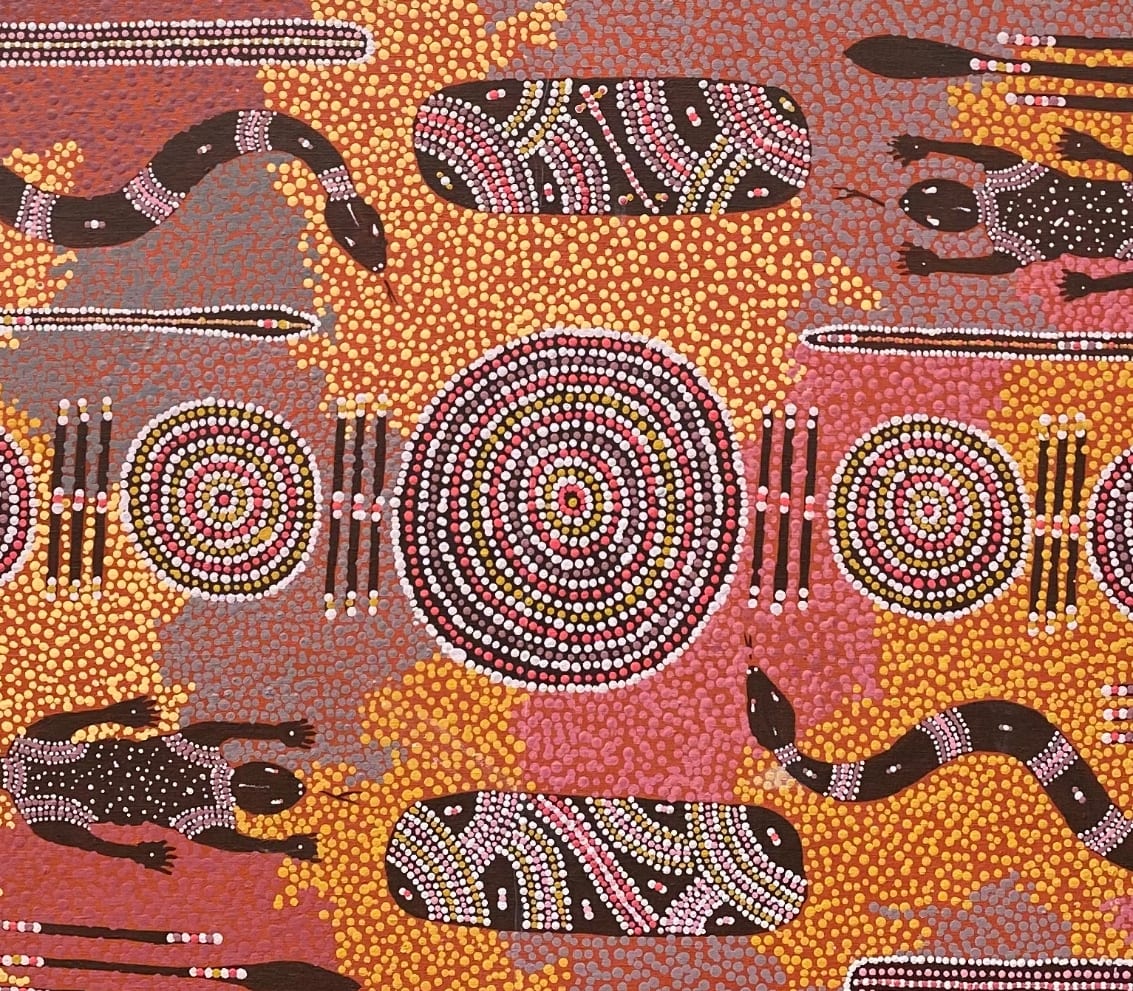Wenton Rubuntja Australian, 1923-2005
He served as chairman of the Central Land Council in 1976-1980 and 1985-88, bringing both his humour and his deep local knowledge to bear on proceedings. He was instrumental in protecting numerous sacred sites in and around Alice Springs. And it was in part due to his efforts that, in 2000, the Federal Court of Australia made its groundbreaking ruling, recognising Arrernte native title over large areas of greater Alice Springs. (It was the first time that Aboriginals had been given title over municipal land.)
In all his negotiations Rubuntja displayed a remarkable ability to integrate indigenous and non-indigenous concepts and to achieve satisfactory resolutions. He believed that white and black law were not incompatible, but had both to be properly understood by all parties. It was a vision that he also brought to his time on the Council of Aboriginal Reconciliation in 1991 and 1995.
He was an accomplished artist both in the desert "dot" style and in the westernised landscape style, inspired by watching his uncle and legendary watercolour artist Albert Namatjira at work. His paintings can be seen in the National Gallery of Australia and the Robert Holmes a Court collection, as well as the Northern Territory Gallery and the Araluen Collection in Alice Springs.
Join our mailing list
McEwan Gallery Newsletter
* denotes required fields
We will process the personal data you have supplied in accordance with our privacy policy (available on request). You can unsubscribe or change your preferences at any time by clicking the link in our emails.



